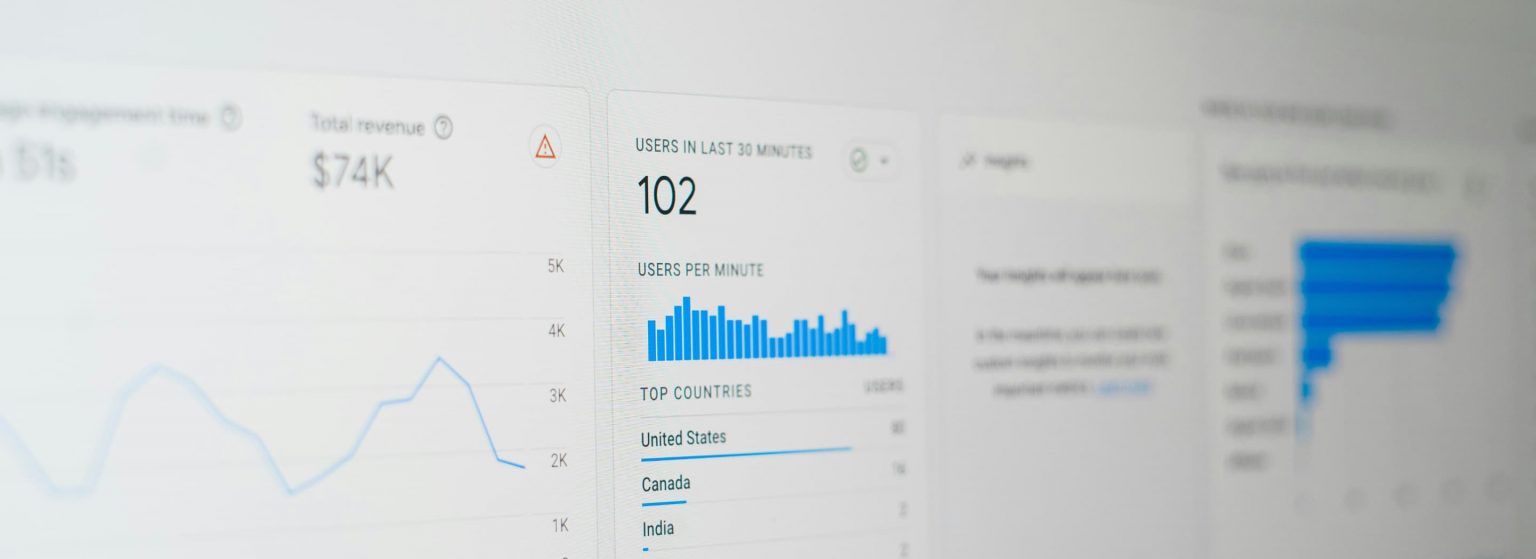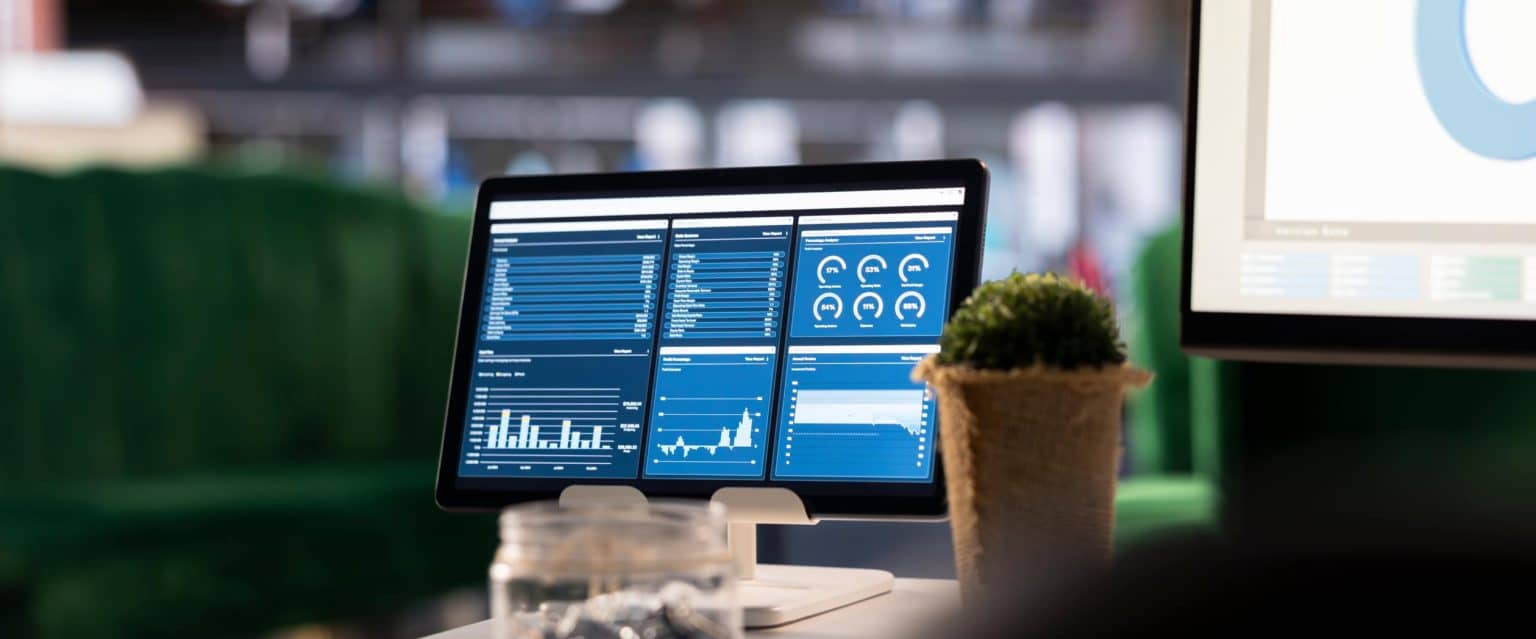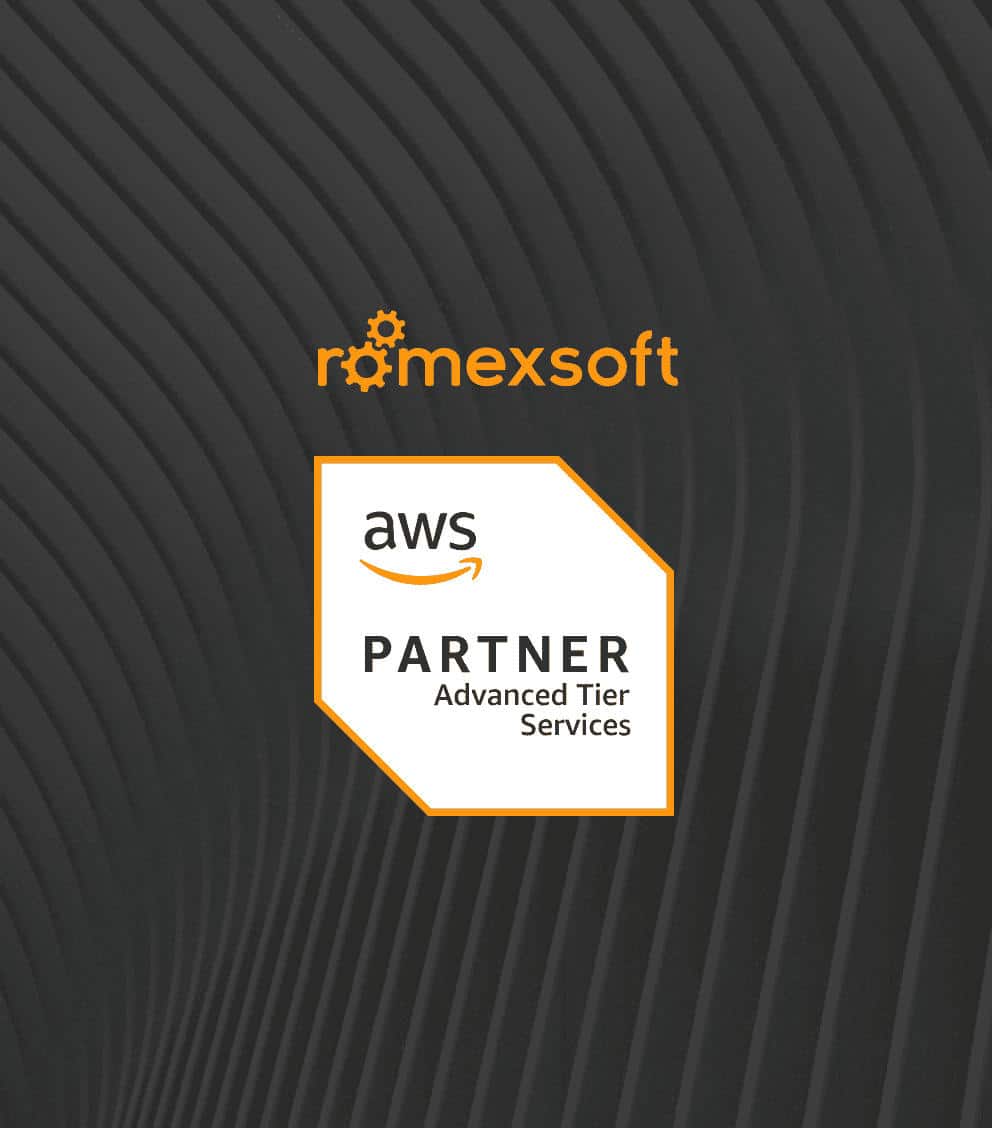Category: Application Development

Developing large-scale systems brings its own challenges – from defining the stages of development to implementing scalability and global content delivery. With the right framework, architecture, and development approach, enterprises can overcome these obstacles and build resilient, user-centric solutions.
The guide provides insights into:
- Key pillars of successful enterprise web app development
- Cost factors influencing enterprise web projects
- Choosing the right tech stack, framework, lifecycle model, and development process
- Security best practices and modern authentication methods

With users expecting pages to load within 2 seconds, the challenge for developers is to build efficient web apps and to ensure they scale effectively. Scalability, in this context, refers to an application’s ability to handle an increase in users without compromising on performance.
Our article delves deep into the intricacies of scalability, highlighting:
- the importance of response time
- the difference between vertical and horizontal scaling
- the role of databases in ensuring optimal performance
- guide on how to build a scalable web app
- insights into best practices and potential pitfalls.

A private cloud is a sensible choice for businesses that prioritize control, security, and cost predictability. Yet, achieving those requires the same automation discipline that hyperscalers use in their environments. Without it, many are bound to experience common Day-2 challenges: patch delays, scaling constraints, and fragmented toolsets, which soon hurt general performance and drive up costs. This article will shed light on the pitfalls of private cloud management, highlight benefits, and share proven best practices for creating a resilient private cloud environment.
The blog gives an overview of:
- principal Day-2 challenges in cloud management
- benefits of strong private cloud management
- best practices for efficient cloud operations
- 10-step model of resilient private cloud control

Network penetration testing is a strategic practice that moves beyond mere compliance as it validates your system’s real-world security posture and significantly reduces the risk of system vulnerabilities. When executed effectively, it inherently prepares your team for robust incident response. In this article, we share actionable insights on how to implement penetration testing to achieve these security outcomes.
The blog gives an overview of:
- key elements of a strong network pentest
- best timing and reasons to run a pentest
- what results and reports to expect
- how to prepare your team and systems
- common testing issues and how to fix them
- signs of a low-value pentest.

Embracing regression testing as an integrated discipline, rather than a reactive task, is the key to achieving continuous delivery and business continuity. Ignoring robust regression testing is a significant risk, as ITIC’s 2024 survey notes that in 90% of cases, mid-size and big enterprises face over $300,000 for an hour of unplanned downtime. In this article, we provide actionable insights to help you stabilize releases and scale your QA effectively.
The blog gives an overview of:
- why regression testing still matters
- types of regression testing explained
- regression vs. retesting vs. continuous
- manual, automated, or managed testing
- high-impact regression strategy essentials
- modern regression testing lifecycle

SaaS applications demand a unique testing strategy tailored for such features as multi-tenancy, continuous delivery, and immense scale. Rapid development often results in critical bugs, customer dissatisfaction, and operational issues without a solid SaaS testing process. This article provides a comprehensive guide to help CTOs and product leaders overcome key quality assurance challenges. It outlines scalable SaaS testing strategies, highlights crucial SaaS testing types, and emphasizes when to seek specialized support to ensure a sustainable and reliable SaaS application.
The blog discusses:
- why reliable SaaS testing matters
- key SaaS QA challenges
- building a test plan
- growth strategies
- quick issue-fix table
- the choice of the right tools
- when to hire outside QA

Given the complexity of balancing business objectives with technological demands, we have created this guide to help you choose and implement the optimal multi tenant architecture for SaaS applications using Java, Spring Boot, and AWS.
By the end of this article, you will understand how to select the optimal approach for your business requirements and how Romexsoft’s expertise can help you achieve your SaaS goals.
In particular, we will cover:
- What multi-tenancy in cloud computing is
- What the benefits and disadvantages of each multi tenant architecture are
- How to implement different types of architectures using Java, Spring Boot, and AWS
- How businesses can understand which type is the most suitable for their needs

If you are reading this article, chances are you pursue designing a robust and scalable multi-tenant SaaS solution within your technology stack. Yet, we suggest abstracting from specific solutions and considering the fundamental aspects of multi-tenant solutions, irrespective of the underlying technology.
The goal of the article is to offer a clear understanding of what it takes to create a resilient and high-performing SaaS environment. If this aligns with your interests, let’s explore the following concepts.
- Exploring multitenancy as a core focus of SaaS architecture
- How architects try to balance those cornerstones
- How we achieve scalability in SaaS multi-tenant
- What are the optimal scaling strategies are



